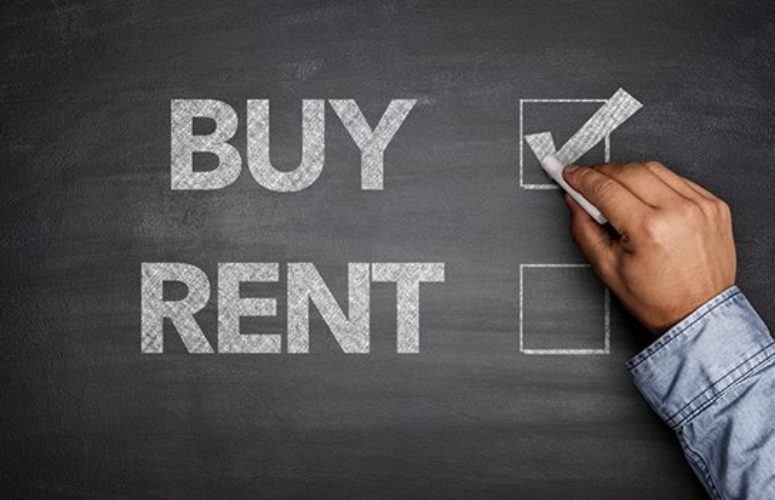
Life Insurance Know-How
Small business and middle-class homeowners need coverage.
By Craig Simms On Apr 28, 2016Small business owners and middle-income wage earners are two segments of New Jersey’s population that typically do not have enough life insurance.
A reason for the lack of coverage is a misconception about the cost of life insurance. A 2015 Insurance Barometer Study by insurance industry research organization LIMRA International and the non-profit “Life Happens” found that 30 percent of Americans believe they need more life insurance and 43 percent say they would feel a financial impact within six months if the primary wage-earner died.
However, the majority (54 percent) say it is unlikely they will purchase life insurance within the next 12 months. Why? The study revealed that 80 percent of consumers misjudge the price for term life insurance, with Millennials overestimating the cost by 213 percent, and Gen Xers overestimating the cost by 119 percent.
Consumers should know that they can lower policy costs by living a healthy lifestyle. Factors that can affect the cost of a policy include tobacco use, maintaining a healthy weight and keeping chronic conditions, like type 2 diabetes, under control.
In the past, this information gap would have been overcome slowly, painstakingly, by face-to-face meetings between a professional agent and homeowners or business owners. Unfortunately, the number of traditional life insurance agents has declined steadily since the 1980s. People simply are not being given the “opportunity to buy” like they used to! Online technology and education sources such as www.lifehappens.org, combined with knowledgeable, licensed agents located in banks that sell life insurance, are helping to overcome some of this information gap.
For instance, your bank may be able to offer a no-obligation life insurance consultation and can sell policies right in the branch in a no-pressure atmosphere.
How can homeowners and business owners put life insurance in the right perspective? Perhaps by asking themselves a few important questions:
- What would happen if the household’s primary breadwinner died prematurely? What contingency plans are in place to pay the mortgage or fund my children’s education?
- What if a business partner died? How would her/she be replaced? How would you compensate their family?
The bottom line is that life insurance is a relatively low cost way to give individuals and business owners the confidence that, if the unforeseen occurs, the financial viability of the household or business can be secured. Resources like www.lifehappens.org and retailers like your local bank can help you understand what coverage best fits your specific need and budget.
About the Author: Craig Simms is the senior vice president/chief marketing officer of Vantis Life Insurance Co. He can be reached at [email protected].
Related Articles:






